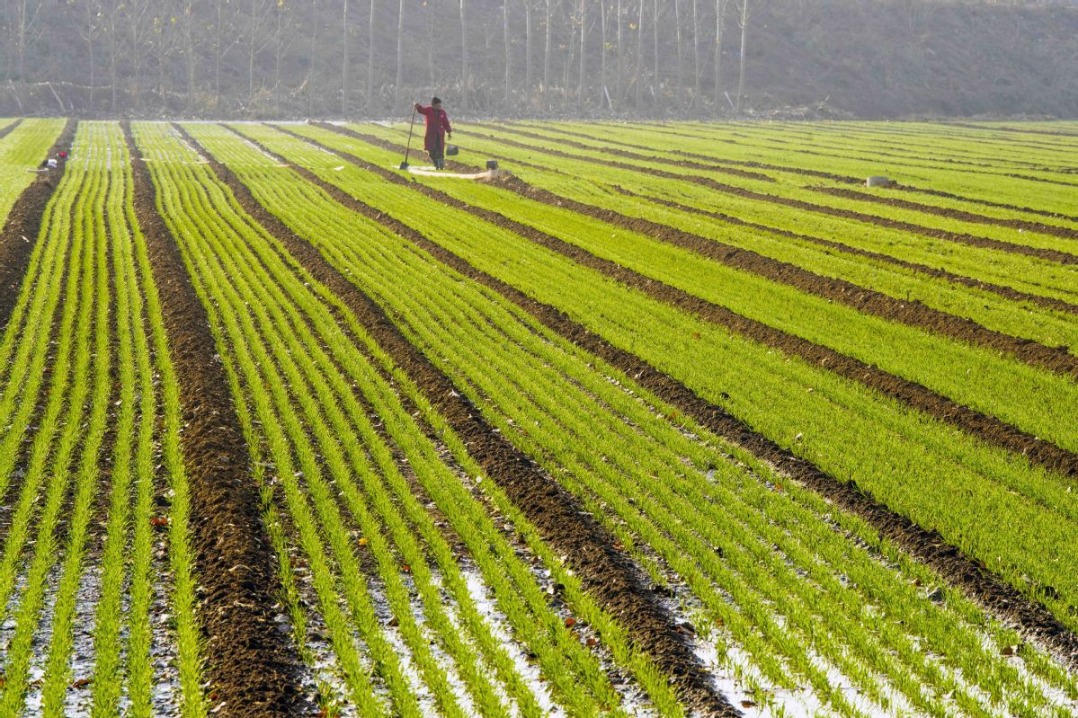Regions across China offer financial incentives to boost marriage rates

Since the beginning of this year, various regions across China have begun providing financial incentives for marriage to boost the birth rate.
The number of first marriages in China plummeted to 9.17 million in 2024, a drop of over 60 percent from the 23.86 million peak in 2013. Marriage registrations have fallen from 13.47 million couples in 2013 to 6.11 million last year, according to the National Bureau of Statistics.
A patchwork of local initiatives aimed at fostering a marriage and birth-friendly social environment has emerged.
In Zhejiang, a coordinated provincial effort is underway to encourage couples to tie the knot. Since Oct 28, Ningbo has been offering newly registered couples 1,000 yuan ($140) in consumption vouchers that can be used for wedding-related expenses, such as banquets, photography, and travel. Similar vouchers are available in Hangzhou, Shaoxing's Keqiao district, and Jinhua's Pujiang county.
In Guangzhou's Baiyun district, Nanling village offers even more generous incentives. Early in 2025, the village announced rewards of up to 80,000 yuan for first marriages and up to 120,000 yuan for childbirth. It requires couples to maintain their marriage for at least one year before receiving the subsidy.
He Jiamin, a Nanling village official, said that the policy's incentive effect is already evident, with a noticeable increase in registrations expected compared to previous years, Jiemian News reported on Tuesday.
Shanxi's approach is more direct. Since Jan 1, eligible newlyweds in Lyuliang can receive a 1,500 yuan cash bonus at the registration office without needing to apply.
Beyond these marriage incentives, many regions are setting up comprehensive support systems covering marriage, childbirth, daycare, and education. Marriage registration is becoming more convenient, and support policies are extending beyond marriage to offer childcare subsidies, extend marriage leave, and more.
Despite these efforts, experts emphasize that the structural decrease in the number of women of childbearing age presents a significant challenge.
From 2010 to 2020, the number of women aged 15 to 49 decreased by 57.49 million, while those in their prime childbearing years, aged 20 to 29, dropped by 34.63 million. This demographic shift is a key factor driving the decline in marriage registrations, suggesting that more comprehensive and systemic measures are essential to address these challenges.
- Regions across China offer financial incentives to boost marriage rates
- Pink-purple buckwheat fields bloom in Guizhou province
- Chinese Navy's increasing strength to enhance protection of national sovereignty: spokesperson
- IOC President Coventry praises Mengniu's desert treatment efforts
- China slams Japan leader's egregious comments about Taiwan
- Xi, King Felipe VI attend signing ceremony of cooperation documents






































